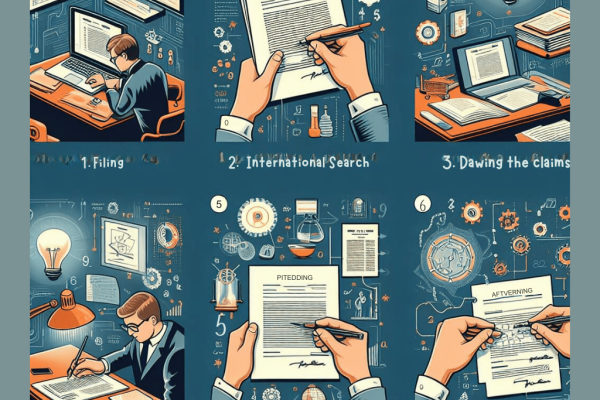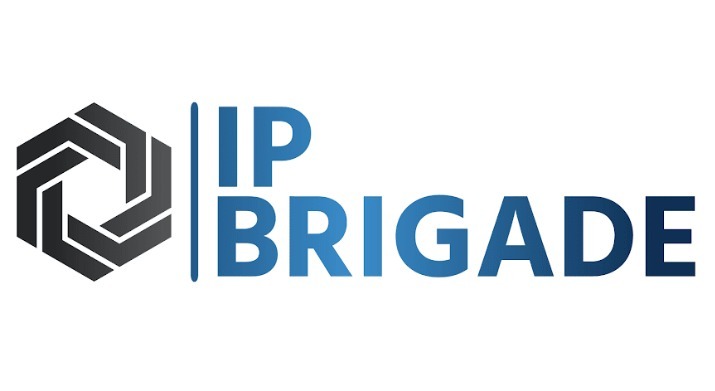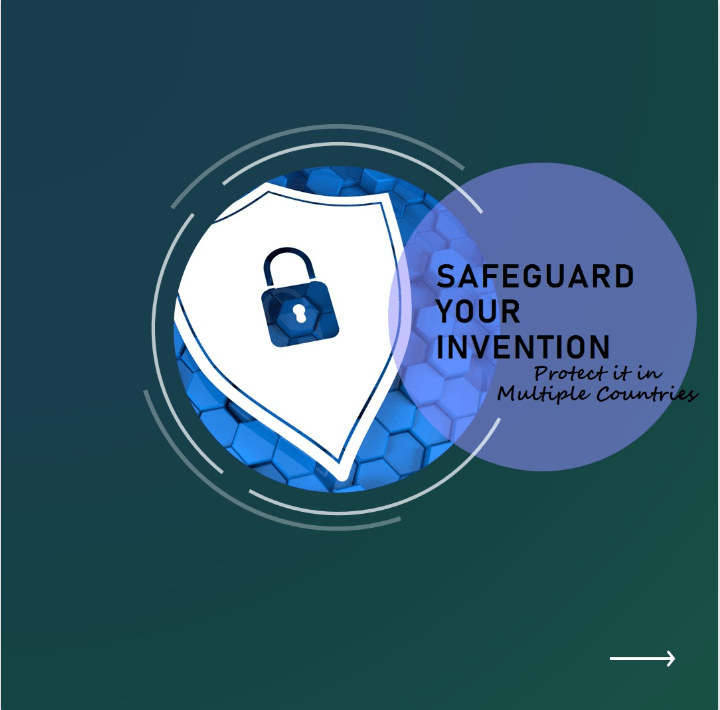Patents possess territorial limitations, necessitating consideration of various options to safeguard your invention across multiple countries:
a) Direct or Paris Route: You have the option to file separate patent applications simultaneously in all desired countries (regional patents may be available for some), or you can initiate the process by filing in a Paris Convention country. Subsequently, within 12 months from the filing date of the initial patent application, you can file separate applications in other Paris Convention countries. This approach allows you to claim the filing date of the first application across all concerned countries (refer to Question 11 for details).
(b) PCT Route: Alternatively, you can opt for the PCT route. This involves filing an application under the PCT, either directly or within the 12-month timeframe stipulated by the Paris Convention from the filing date of the first application. This PCT application holds legal significance in all Contracting States of the PCT. The PCT, comprising over 155 Contracting States, serves as an international treaty facilitating the simultaneous pursuit of patent protection for an invention in numerous countries. Instead of filing separate national or regional patent applications, a single “international” patent application can be submitted. The authority over patent grants during the “national phase” remains with the respective national or regional patent offices.
The PCT process involves several key steps:

1. Filing: Submit an international application to a national or regional patent office or WIPO, adhering to PCT formality requirements in a single language and paying a unified set of fees.
2. International Search: An “International Searching Authority” (ISA), typically a major patent office globally, identifies relevant published patent documents and technical literature (“prior art”) that may impact the patentability of your invention. A written opinion on your invention’s potential patentability is established.
3. International Publication: Your international application’s content is disclosed to the public worldwide as soon as 18 months elapse from the earliest filing date.
4. Supplementary International Search (optional): At your request, a second ISA identifies published documents not found by the initial ISA due to the diversity of prior art in various languages and technical fields.
5. International Preliminary Examination (optional): One of the ISAs, upon your request, conducts an additional patentability analysis, usually on a modified version of your application in response to the initial written opinion.
6. National Phase: Following the conclusion of the PCT procedure, typically at 30 months from the initial filing date, you initiate the process to secure patent grants directly before the national (or regional) patent offices of the desired countries, claiming priority from the initial application.
Typically, individuals seeking to safeguard their invention across multiple countries initiate the process by initially submitting a national or regional patent application to their respective patent office. Within a 12-month period from the filing date of this initial application, adhering to the Paris Convention’s stipulated time frame, they proceed to file an international application under the PCT.
Claiming the priority of an earlier patent application holds the significant advantage that the patent cannot be invalidated due to actions taken during the interim period, such as subsequent filings, publication, or sale of the invention.
If contemplating the submission of an international patent application under the PCT, it is recommended to seek guidance from a qualified patent attorney or agent in your jurisdiction, as well as consulting with your national or regional patent office.









